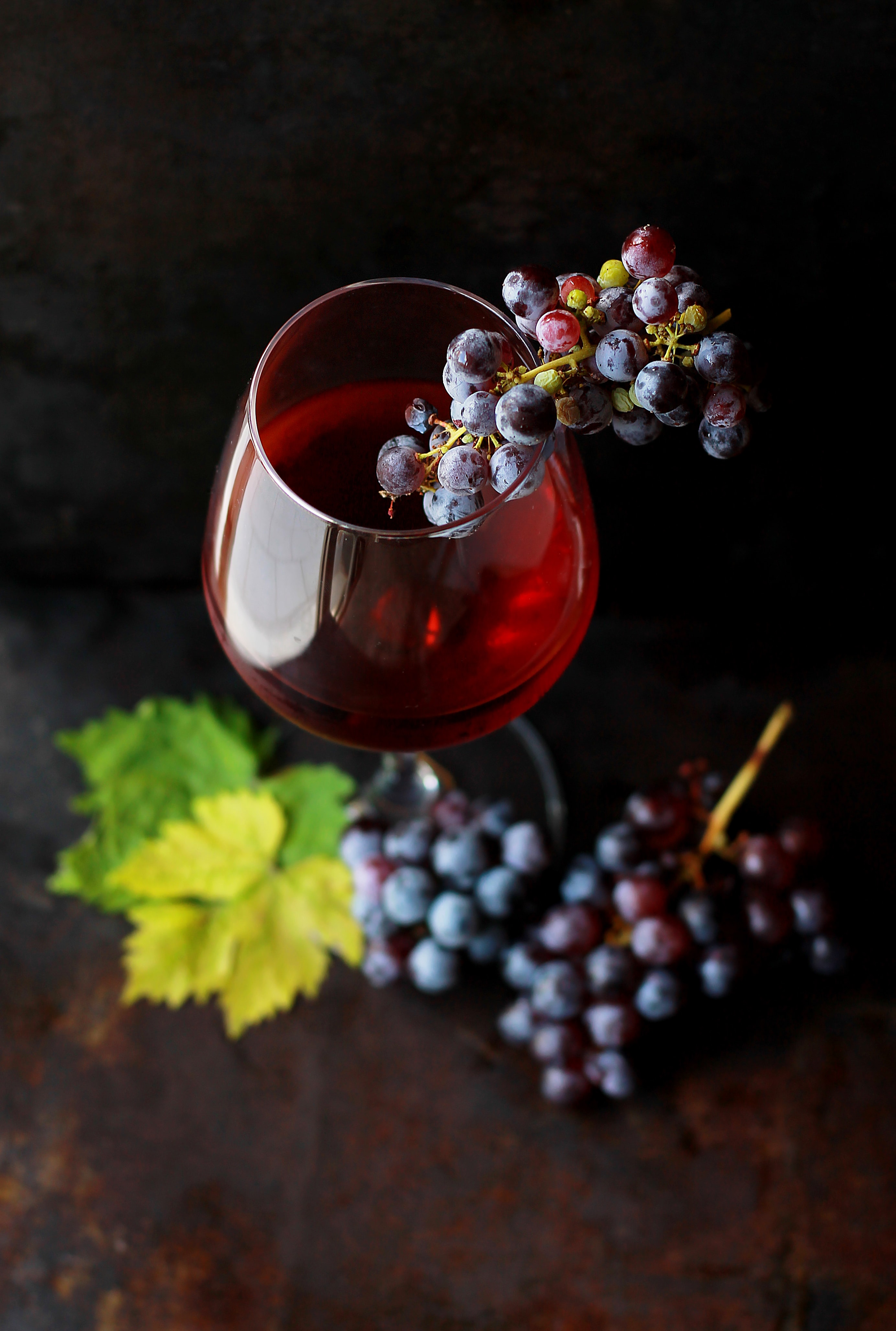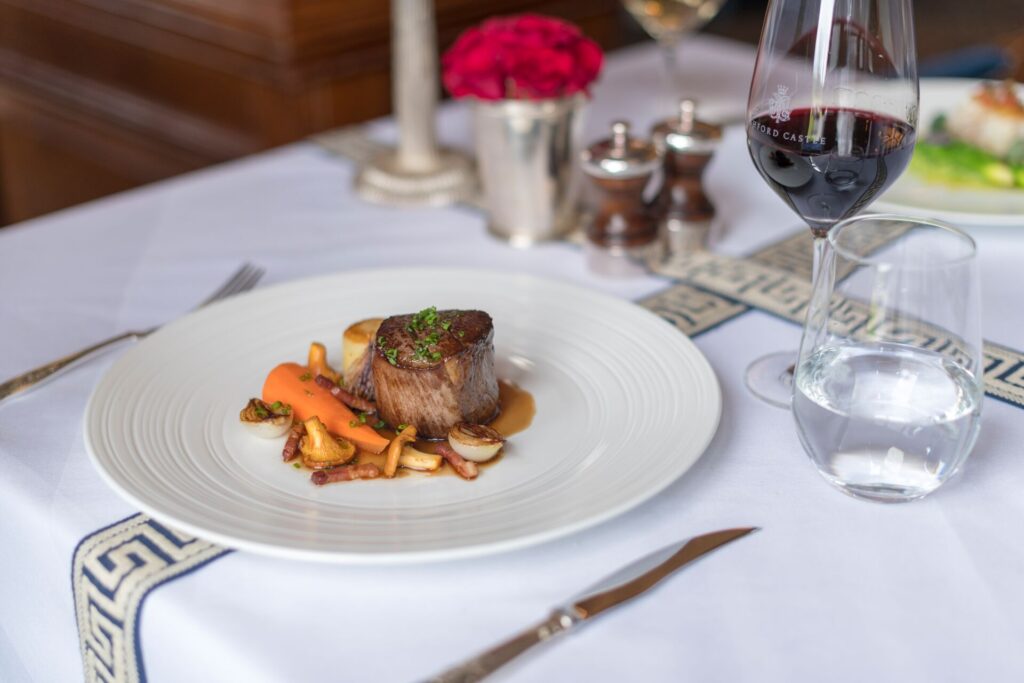Red with red meat, white with fish. While useful, there’s much more to the art of wine pairing than this simple adage. With our Insightful wine pairing guide, you’ll be able to consider factors such as weight, acidity and flavor compounds. Prepare to expand your understanding and show some impressive panache at your next dinner outing. After reading, look through our Food & Wine tours where you’ll meet expert sommeliers who will take you through the most esteemed wine regions in the world.
YOUR INSIGHTFUL WINE PAIRING GUIDE

WEIGHT
Weight simply means what you’d think: how light or heavy your meal or wine is. In viniculture, this is also called the ‘body’. Wines high in alcohol or with lots of extracts tend to be fuller-bodied and heavy, while those low in alcohol or extracts are lighter-bodied. With your next sip of wine, try to notice how heavy it feels in your mouth. The difference between a full-bodied red and a light, crisp white is stark.
Your first foray into wine and food pairing will be to match the weight of the wine with the weight of your dish.
For example, a heavy stew just wouldn’t taste as hearty with a light wine, while the crispness of a gentle salad with fish could be overpowered by a full-bodied red. Swap these wines around and you’ll get a smooth pairing.
Read more: Wine tasting around the world
FLAVOR PROFILES
We can now introduce the concept of flavor profiles. Everything you taste is a combination of different flavors. A wine is a combination of bitter, sweet and sour (acid) flavors. A general rule of thumb is that red is bitter; white, sparkling or rosé is sour; and dessert wine is sweet. Of course, there’s much more nuance, but use that as a very basic guideline.
Your meal will also consist of these three flavors, plus others not found in wine such as spiciness and salt. It’s how your wine’s flavors combine with your dish, as well as the wine’s weight, that makes a great pairing. Let us dive into these different flavors to see how.
ACIDITY
That tart, sour taste in a sip of wine? That’s its acidity. All wines are acidic, falling somewhere between 2.5 – 4.5 on the ph scale, and their level of acidity affects how they pair with your meal.
Acidic wines generally pair well with most flavors. They work with rich, creamy foods, as the acidity “cuts through” the richness. They work well with other acidic foods, such as something with citrus fruits or tomatoes.
With fish and fried foods the acid in the wine is particularly welcome. Think of a fish and chips. One normally puts vinegar on their chips and a squeeze of lemon on their fish. As such, an acidic wine compliments the dish in the same way, with the acid helping to cut the salty taste.
One pairing to avoid would be low-acid wines with highly acidic foods. If eating a citrussy ceviche, a low-acid red would fall flat.
Read more: A fortunate accident: how the British discovered Port wine
SWEETNESS AND BITTERNESS
A wine’s bitterness is related to the number of tannins it has, a compound that comes from the solid parts of the grape. Tannins add structure and complexity to a wine. Therefore, the wine’s bitterness is somewhat related to how heavy it is, as full-bodied wines tend to be more bitter.
A wine is sweet in how much residual sugar is left, as well as if it has fruitier notes. If a wine is sweet or bitter and how it’ll match your meal’s flavor profile is key to your pairing. A bitter wine can balance out sweet food, while sweet wines are a great match with salty or spicy food. When considering a wine and cheese pairing, simply use the same logic as when pairing different foods. A sweet wine pairs well with a salty cheese. An aged, fatty cheese pairs beautifully with a tannic, full-bodied red. The combinations go on, so it’s good to keep a few heuristics in mind
HEURISTICS

There are some rules of thumb when it comes to wine pairing. As a beginner, it’s good to keep them in mind.
– The wine should be more acidic than the food.
– The wine should be sweeter than the food
– Bitter wines (e.g. red wines) are balanced best with fatty meals
– It’s better to match the wine with the sauce than with the meat
While these heuristics are tried and tested, remember that you’re meant to be having fun. Once you’ve absorbed this wine pairing guide and understand how flavor profiles combine, go experiment and try new things. Otherwise, we wouldn’t know about unique pairings, like how well a hot dog slathered in mustard pairs with a sweet, soothing Merlot.



